*This article is reproduced from the autocarweekly WeChat official account.
Author: Joey
As soon as I sat in the back seat of the Touareg X, I felt a hint of “anxiety”. The USB port in the back armrest was too far away from the seat, and the original Apple charging cable may not reach it. Should I fully stretch my legs or curl them up, making me feel a little uncomfortable.
For someone like me who usually drives a small car, these small problems have become a big issue!
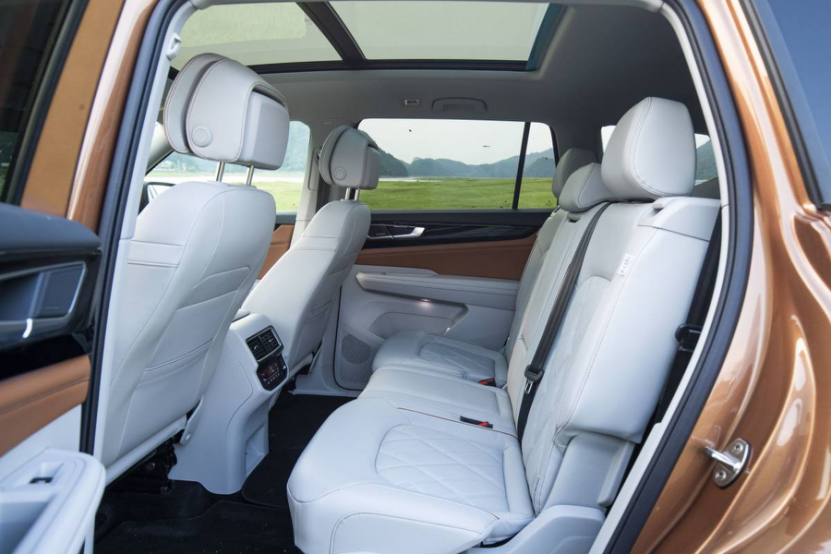
Many years ago, a friend with infinite vision once described his car purchasing goal to me. He was driving a Buick Excelle at the time and was eager to have a Toyota Highlander when he upgraded. I asked him why he didn’t consider BBA, since his economic strength was enough.
His answer was simple and direct, because Highlander is big, driving it out will be cool! No need to consider whether the brand is powerful or not, whether the power is enough or not, whether it has enough off-road ability, big is enough.
This car-purchasing logic of his was actually verified in my work process later on. Although this year, extreme small cars like the Wuling Hongguang MINIEV have become the undisputed internet celebrity models. But in my impression, there are only two cars that have won a lot of attention on the road, and I can see the desire to buy from their eyes. One is SAIC Roewe’s RX8, and the other is GAC Trumpchi’s GS8.
Yes, they are a type of car, square and huge. Regardless of their configuration or technology, just looking at their appearance, you can imagine that sitting in them will win a “big wide world.” This undoubtedly reflects the Chinese consumer’s love and longing for large cars. And the SAIC Volkswagen Touareg, which is over five meters long and has a wheelbase of nearly three meters, is undoubtedly another strong competitor in this product lineup that features “big” as its main symbol.
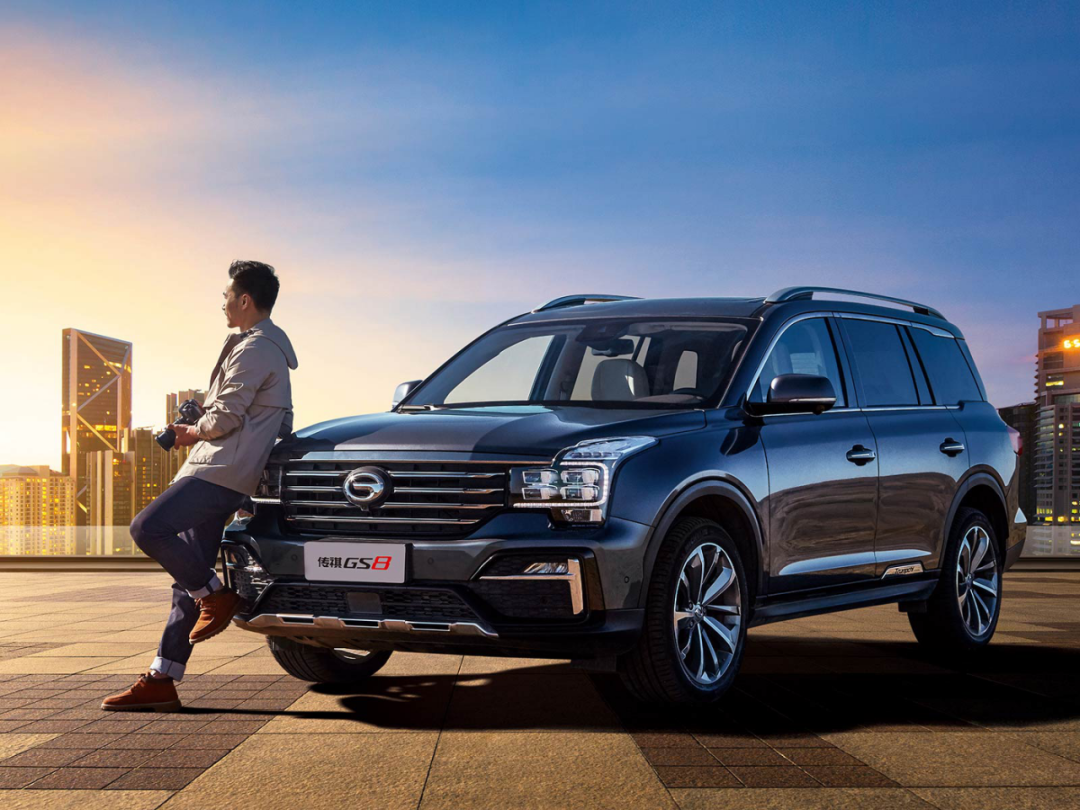
Undoubtedly, since its launch in 2017, the Touareg has been promoting such a product strategy of “misplacement competition”. In the price range it is in, the corresponding BBA products are basically sedans like the 3 Series, C-Class, and A4L. If you have to look for an SUV model as an opponent in BBA with high-configurations, then the B-class SUV products such as the X3, Q5L, and GLC are at least not big enough in size (insert a sentence here, in fact, the internal space of the GLC is still quite satisfying, but the price is higher).Before and after the launch of the Touareg, numerous similar products emerged within what used to be the single Hanlanda product range, including Buick Enclave, Ford Explorer, Chevrolet Trailblazer, and Cadillac XT5, which can be regarded as a second-tier luxury brand.
Of course, size can be considered a core selling point, but it cannot be the only selling point since a car still needs to be driven. The specific powertrain system of such a large car will ultimately determine its degree of acceptance by consumers.
In fact, people’s expectations for SUV driving experiences have never been high. I’ve seen a funny video before that shows a driver who felt like he was flying when driving a CC, yet he was almost hitting the sky, earth and air afterwards when he switched to a Land Cruiser, which is another way of showing the SUV driving experience.
The Touareg is equipped with a 2.0T engine with low and high power versions, with power values of 137 kW and 162 kW respectively. What does this mean? Let me put it this way: the power values of the low and mid-power engines of the BMW X3 are almost the same. Therefore, in this context, “size” is once again in a disadvantageous position, as the large size will inevitably bring about increased weight and air resistance.
Of course, just like the Land Cruiser I mentioned earlier, you shouldn’t expect to win any races with this type of SUV. Just drive safely with enough power, which hardly affects the second-hand value of a Land Cruiser, which even increases over time.
However, Volkswagen’s expertise in balanced overall performance of vehicles is still worthy of recognition. During the test drive, I experienced a fast drive on a winding mountain road, and the Touareg’s comfort and support on multiple winding roads were relatively balanced, with accurate steering (though feedback on steering remains traditional and somewhat vague) and relatively sensitive acceleration and braking.
These mechanical characteristics make a large car appear more flexible on narrow mountain roads. If a vehicle can provide enough support during such fast driving, it will certainly not be a problem in daily use.
At the same time, the off-road capability is also adequate, with an intelligent four-wheel drive system and a maximum torque of 350 N·m for the high-power version, which allows the vehicle to gallop freely on muddy paths and climb hills with ease.
Obviously, for a product that focuses on urban driving, this level of off-road capability is sufficient. For those who desire a more extreme experience, I suggest turning to the Land Cruiser, or if money is not an issue, to the G-Class.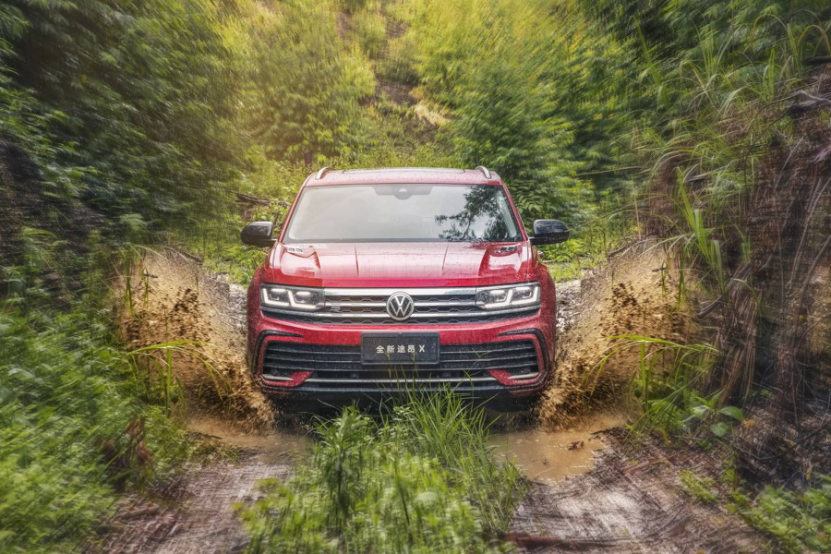
In today’s era where all products need to highlight intelligence, human-machine interaction and intelligent driving assistance have also become important indicators to measure the quality of a car. In this respect, Touareg maintains its own characteristics.
Touareg does not blindly follow the trend of ecology. Instead, it adopts a simple and clear operation interface and function distribution, making the operation more handy. In the field of intelligent driving assistance, Touareg still insists on L2 level driving assistance functions. Simply put, all technologies such as following, lane keeping assistance, etc. are available, and they do play a role in actual high-speed and winding mountain roads.
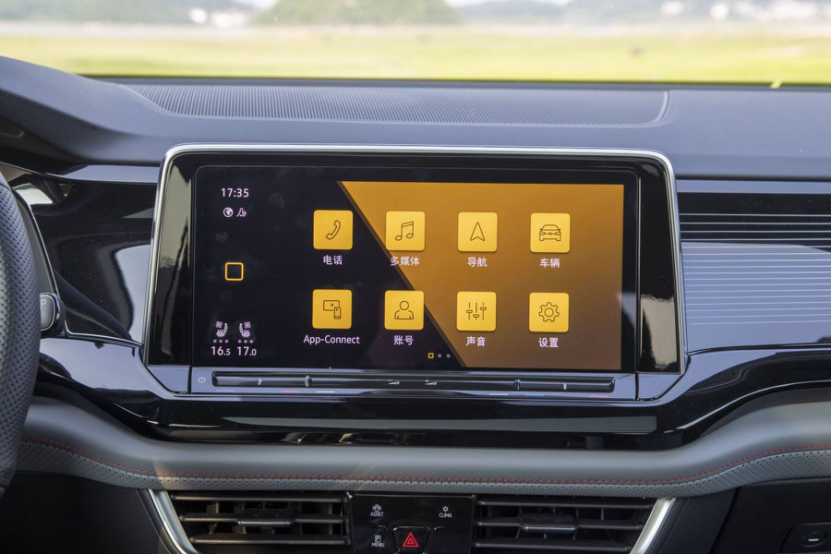
However, if you are hoping to use more applications to achieve so-called door-to-door or point-to-point unlimited close-to-intelligence driving assistive technology, there is indeed none available.
I can understand this point because, from the current situation, all traditional giants have not made much effort in this area. Or, Chinese car companies are more hopeful of surpassing old-fashioned car brands in this field. Therefore, if you do not want to use more extended functions while driving, or become a pioneer in the field of intelligent driving, but value the time spent with your family, then this Touareg is very suitable for your functional usage scenario.
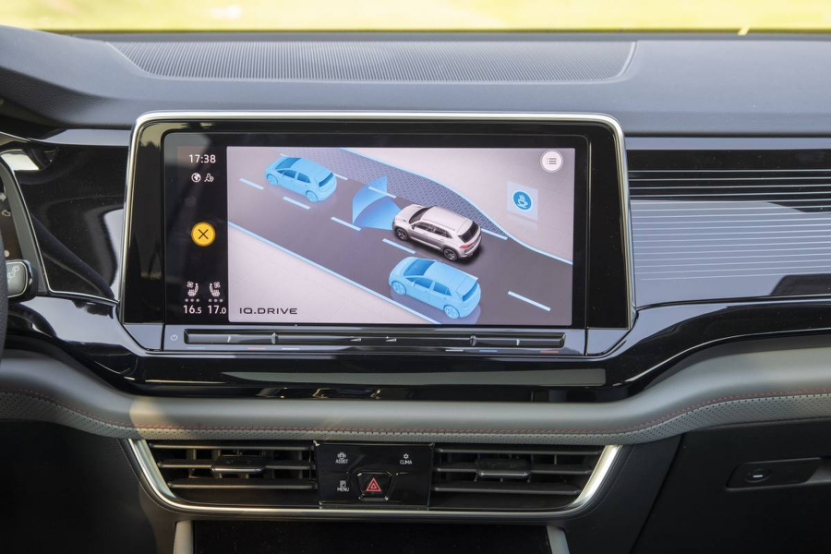
In addition, there are some small upgrades that are worth paying attention to. For example, in the past, the Denon audio that came with most Volkswagen cars has been replaced by Harman Kardon in this version of Touareg, which is undoubtedly a good improvement. At the same time, what makes me a little uncomfortable is that Touareg uses a small paddle to shift gears, rather than the gear lever that I am used to.
I know that many car models have adopted this shifting mode in recent years, which is also a trend. But as an experienced driver, it is a bit difficult for me to find the gear lever in critical moments. If those small details are difficult to experience in one test drive, then these two points, whether in terms of hearing or driving, are more direct.
Nowadays, people’s requirements for the balance or comprehensiveness of a car are becoming more and more complex, which has also resulted in the birth of many crossover and even cross-functional car models. Even SUVs, which are already labelled as sports multi-function vehicles, need to go further to meet people’s needs.Therefore, a further blended type of product, the SUV Coupe, has emerged. For example, Mercedes-Benz has a Coupe version of its GLE, and the BMW X6 has been a Coupe model since its inception. The Touareg also offers a regular 7-seater model, as well as the Touareg X model with a range of sports packages. I cannot say whether this trend is good or bad, but it provides more choices and embraces a larger market.
Clearly, the Touareg family is now balanced to a somewhat excessive degree. There is Touareg that can be used as a large seven-seater, the Touareg X that can provide a better driving experience, and very balanced city driving abilities, as well as good off-road performance. It can achieve basic human-machine interaction and experience stable intelligent driving functions. It can bring both stunning visual experiences and very good auditory experiences.
If one must find reasons not to choose it, then it can only be that it is not as strong in brand power as BBA or that the Toyota Highlander can compete with it in reputation.
But in my heart, I hope that every car can have its own personality. Otherwise, if they are all androgynous and all the same, it will be quite boring, won’t it?
This article is a translation by ChatGPT of a Chinese report from 42HOW. If you have any questions about it, please email bd@42how.com.